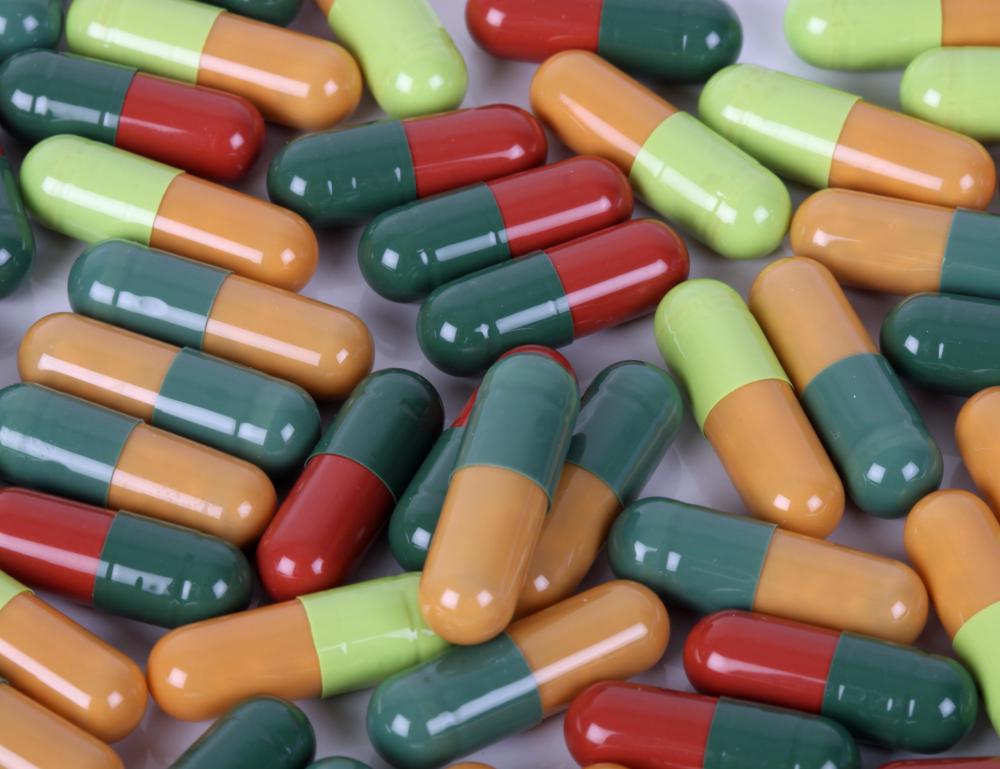At WiseGEEK, we're committed to delivering accurate, trustworthy information. Our expert-authored content is rigorously fact-checked and sourced from credible authorities. Discover how we uphold the highest standards in providing you with reliable knowledge.
What Is an Antipseudomonal?
The world is home to many species of bacteria, and only a portion of them affect humans. The Pseudomonas group is an important cause of infections in people, particularly who are sick already. Any antibiotic that can potentially make an infection by one of these species of bacteria better falls under the definition of an antipseudomonal drug. Examples include certain penicillins, members of the quinolone family, and some cephalosporin medications.
Scientifically, two names are required to name an organism. For example, Homo sapiens is the species to which modern humans belong. Our specific group is the sapiens species of the Homo genus. A man or woman from the Homo neanderthalensis, on the other hand, is part of our genus, but not part of our species. Instead of being a modern human, he or she is a Neanderthal.

This classification system also applies to bacteria. Pseudomonas is a genus name, and many different species exist as part of this genus group. No single species is being referred to when a doctor talks about an antibiotic as an antipseudomonal. Rather, he or she means that the drug may be able to cure an infection caused by various species inside the genus of Pseudomonas.

Typically, the bacteria that are part of the genus live in the environment and do not infect humans. When the conditions are suitable, however, these organisms can infect people. This is especially easy for them when the person is sick already, and has a weakened immune system. Possible types of infections with a Pseudomonas species include skin diseases, lung infections, and even potentially lethal blood poisoning. Adding to the risk of infection by this particular group of bacteria is the fact that they tend to be able to make their homes in hospitals, and opportunistically infect patients who need to spend time there.
Antibiotics are the only drugs that can work on bacteria, and each different antibiotic works on distinct groups of species. The antipseudomonal drugs are known to kill those bugs that are part of the Pseudomonas genus. Some penicillins have antipseudomonal activity, as do some cephalosporins. Other types of antibiotic such as quinolones, aminoglycosides and monobactams also have applications in treating this group of infections. As these bacteria can develop resistance to antibiotics over time, the type and amount of individual antibiotics that a hospital give to patients may change over time to reflect resistance patterns.
AS FEATURED ON:
AS FEATURED ON:












Discuss this Article
Post your comments